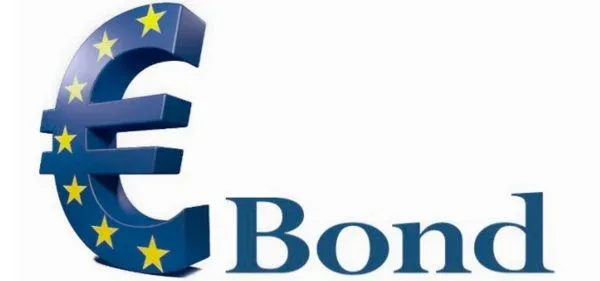Kenya has dropped plans to issue a $1 billion eurobond that was expected by end of June. This was due to the rising cost of financing foreign debt coupled with a relentlessly depreciating currency which served to dampen the sustainability of the planned issuance.
Already, yields on the 10-year bonds maturing in 2024 and 2028 have risen sharply and continue to spike amid the Ukraine conflict and the announcement by major central banks, including those in US and the UK, leading to higher repayment costs.
Dr Haron Sirima, Director-General at the Public Debt Management Office of the National Treasury indicated that the ministry reached the decision “due to high volatility in the international capital markets.”
Julius Muia, Principal Secretary at the National Treasury, had also expressed fears that the growing yield of existing eurobonds might compel government to explore alternative borrowing sources to finance the budget deficit.
“We are still keen on the international market for funding resources but are cautious about the yields which are currently elevated. We have to be careful about the yields to keep our financing sustainable,” Mr Muia said.
This comes as a relief to many Kenyans who feel that the country is already too indebted as it and are wary of the government taking on more debt.
In this financial year, Kenya has spent $9.8 billion, about 31 percent of its total budget, in debt repayment. Treasury estimates that it will spend up to $11.6 billion which is about 64 percent of the expected tax revenue to repay the country’s loans in the financial year beginning July 1.
The rising dollar shortage which has been partly blamed on the rising cost of servicing external debt is crippling manufacturers’ operations, with some even mulling closing shop and others demanding payment from customers in dollars rather than the shilling.
While Dr Patrick Njoroge, Governor of the Central Bank of Kenya, has denied claims of dollar shortage, the Kenya Association of Manufacturers say they are unable to access enough dollars in the market at the official price.

